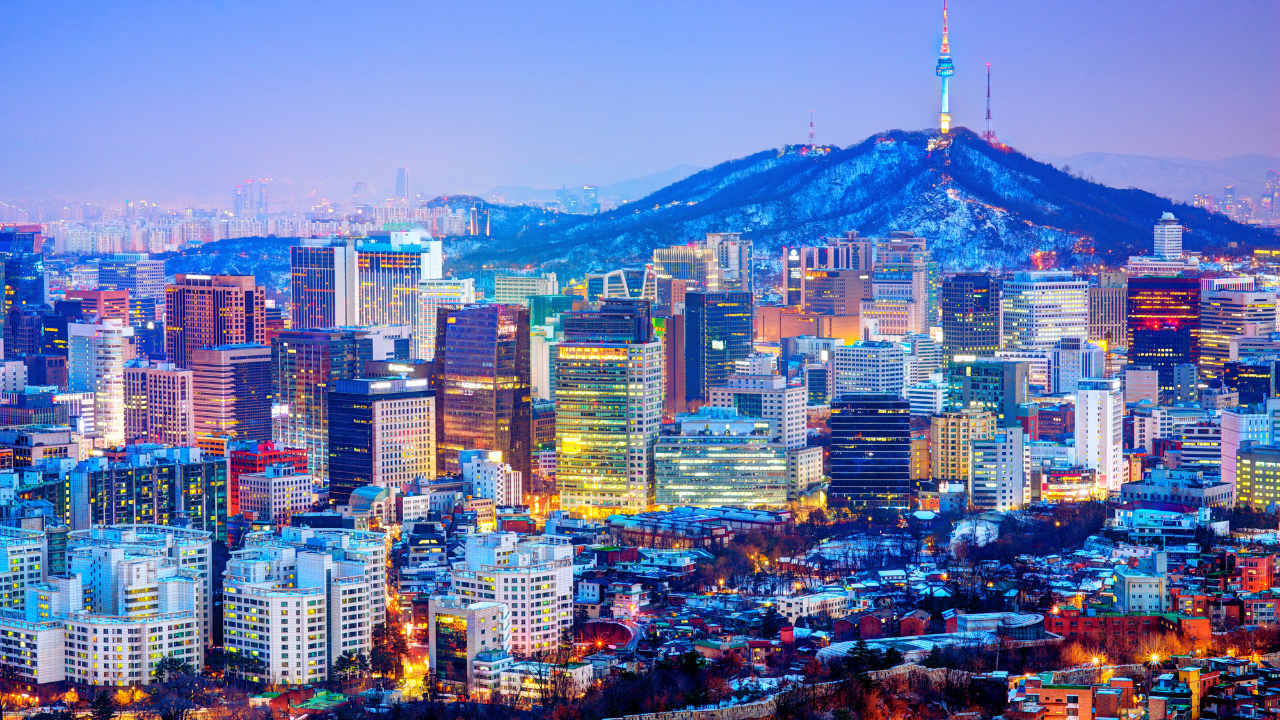The virtual travel era has arrived thanks to groundbreaking technologies such as augmented reality, virtual reality, and edge computing. Even more intriguing is that the next frontier in travel may lie within the metaverse.
Defining The Metaverse
The metaverse is a realm where the digital and physical seamlessly blend. Users can dip their toes into the metaverse via mobile devices like tablets, smartphones, and gaming consoles. However, the level of immersion may be somewhat diminished in comparison. In the metaverse, AR and VR technologies empower individuals to explore and engage with their dream destinations and luxury resorts.
How The Travel Industry Can Benefit From The Metaverse
While initially appearing as a potential threat to the travel industry, the metaverse can be a powerful ally. It offers new and improved sources of travel inspiration, allowing prospective travelers to explore destinations, attractions, and accommodations virtually. Virtual tours and pre-booking experiences can enhance the overall booking process, mimicking the in-person interaction of a brick-and-mortar travel agency. The metaverse can also stimulate booking volumes by providing a preview of destinations, enticing users to embark on real-life adventures.

Some travel companies are already harnessing the metaverse’s potential. VR tourism allows users to explore real-world spaces and locations virtually, offering a lifelike experience that can substitute for or prepare travelers for actual visits. Augmented reality enriches the travel experience by overlaying virtual elements in the real world. Each experience provides valuable information and opportunities for additional purchases.
The metaverse also facilitates online trade shows and expos, revolutionizing marketing efforts in the travel sector. Virtual theme parks and attractions offer a unique source of revenue for destinations facing travel restrictions.
In essence, the metaverse serves as a dynamic tool that complements and enhances the travel industry. The technology expands possibilities for travelers while presenting new avenues for travel companies to engage, inspire, and serve their customers.
The Cons Of Travel In The Metaverse
Despite its numerous advantages, the metaverse in the travel industry does come with drawbacks. The most significant—it cannot fully replace the authentic travel experience. The metaverse relies on visual and audio cues to relay destinations and experiences digitally. While this technology excels at providing a glimpse into various travel offerings and sparking interest, there are certain aspects of travel that it simply cannot replicate.
The metaverse cannot capture the sensory richness of physical travel. The unique feel of the air in a destination, whether the crisp mountain breeze or the humid tropical climate, is essential to the travel experience. Similarly, the metaverse cannot convey the taste and aroma of local cuisine, a fundamental aspect of cultural exploration. The warmth of sunlight on one’s skin, the refreshing splash of seawater, or the rustling of leaves in a forest—all these sensory encounters contribute to the visceral joy of travel.
The metaverse also falls short in recreating travel’s emotional and interpersonal aspects. It cannot replicate the thrill of stepping foot in a foreign land, the excitement of discovering new cultures, or the personal connections forged with locals and fellow travelers. These intangible elements of travel contribute to personal growth, cultural enrichment, and cherished memories that remain etched in one’s heart.
While the metaverse serves as a valuable tool for travel promotion and planning, it cannot replace the holistic travel experience that engages the senses, emotions, and interpersonal interactions. Travel remains an irreplaceable endeavor, offering profound connections with the world and oneself that extend far beyond the digital realm.





